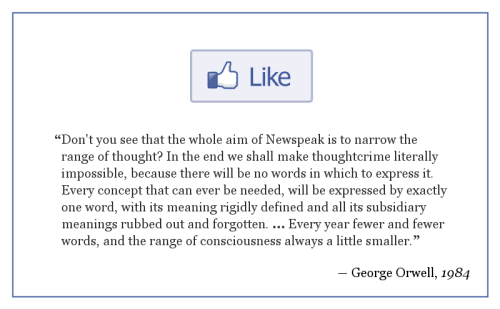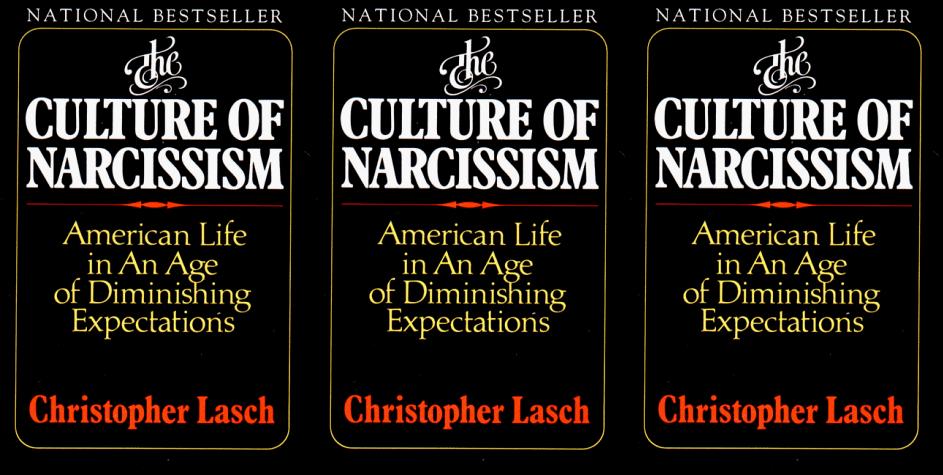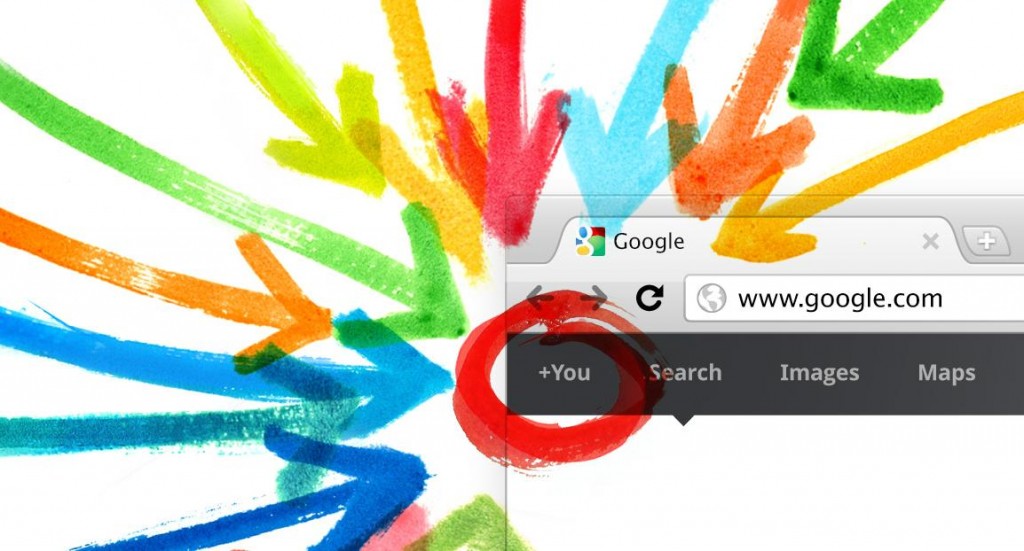This Toyota commercial is narrated by a young woman who gets her parents on Facebook because they supposedly are not social enough. While she scoffs at how relatively few “friends” her parents have, the parents are shown to be out living by mountain-biking some decidedly offline trails. The daughter remains confidently transfixed and anchored to the digital world of her laptop screen.
I spend lots of time on this blog pointing out what I call “digital dualism,” the fallacy of viewing the physical and digital as seperate worlds (think The Matrix). Instead, the position myself and others on this blog favor is what we call “augmented reality,” the realization that our world is one where atoms and bits come together. Read more about this idea if you want.
Enter Toyota. They are playing off the pesky social media misnomer that people are using Facebook instead of doing things offline. Research consistently disproves this zero-sum/one-or-the-other fallacy by demonstrating more...








